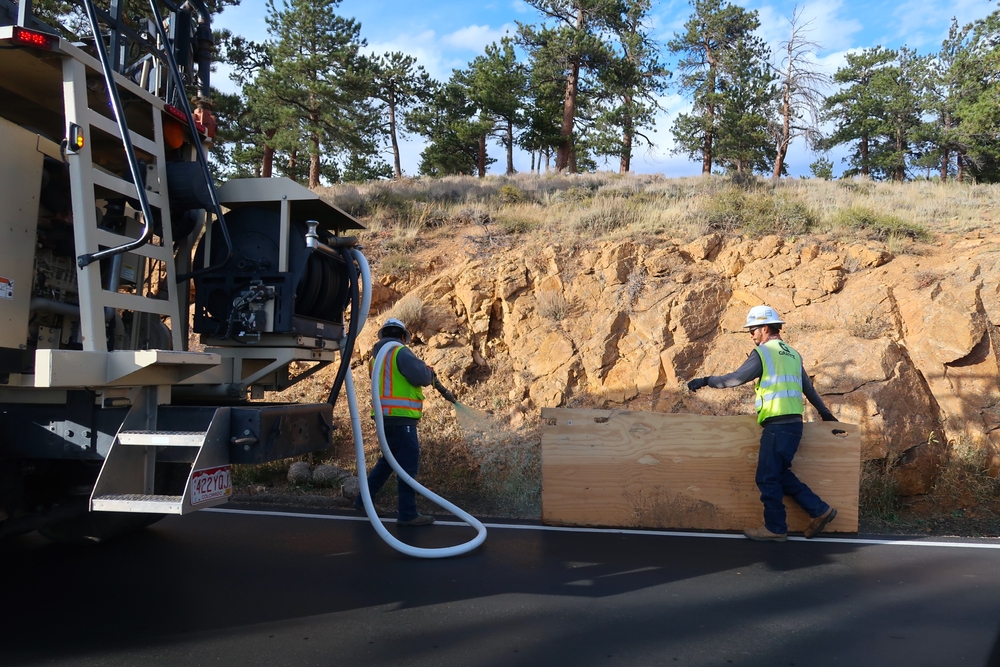Stormwater management is an essential component of modern urban development, environmental protection, and public safety. As our communities grow and more land is developed, impervious surfaces like rooftops, roads, and sidewalks become more common. These hard surfaces prevent rainwater from soaking into the ground, leading to increased stormwater runoff. Without effective long-term stormwater management strategies, this runoff can contribute to flooding, water pollution, erosion, and reduced groundwater recharge. Planning ahead and implementing sustainable, forward-thinking systems is key to protecting our environment and ensuring our infrastructure remains resilient in the face of a changing climate.
Why Managing Stormwater Over the Long Term Is Essential
As cities expand, the natural ability of the environment to absorb rainfall diminishes. Instead of seeping into the soil, rainwater rushes across paved surfaces, gathering debris, oil, chemicals, and other pollutants before entering local water systems. This not only degrades water quality but also increases the risk of flash flooding. Unchecked runoff can erode soil, damage infrastructure, and overburden municipal drainage systems. Perhaps most critically, it limits the replenishment of underground aquifers, which provide clean drinking water to many regions. Long-term stormwater management addresses these challenges by designing systems that manage today’s water while preparing for future increases in rainfall intensity and urban density.
Green Infrastructure: Working With Nature
Green infrastructure is one of the most effective ways to manage stormwater sustainably. Instead of relying solely on concrete drainage systems, green infrastructure uses natural elements to absorb and filter rainwater where it falls. Rain gardens, bioswales, permeable pavement, and green roofs are examples of this approach. These systems reduce runoff, improve water quality, and contribute to urban beautification. Additionally, they support biodiversity, enhance public green spaces, and provide cooling benefits in densely developed areas, as outlined by the EPA’s green infrastructure guidelines.
Stormwater Ponds: Storing and Controlling Flow
Retention and detention ponds are engineered basins designed to manage stormwater volume. Retention ponds hold water permanently and allow sediments and pollutants to settle before the water is slowly released or reused. Detention ponds temporarily store stormwater during heavy rainfall and then release it gradually to prevent downstream flooding. These ponds are often integrated into parks and public spaces, adding aesthetic and recreational value while serving a vital environmental function.
Riparian Buffers: Natural Waterway Protection
Riparian buffers are vegetated strips of land along rivers, streams, and lakes that help filter runoff before it enters the water. These buffers reduce erosion, stabilize banks, and provide habitat for birds, insects, and aquatic species. Planting native trees, shrubs, and grasses along waterways creates a natural filtration system that also improves resilience to flooding. Protecting and restoring riparian zones is a cost-effective, ecologically beneficial stormwater strategy that benefits both the environment and nearby communities. For properties experiencing soil displacement or unstable slopes, comprehensive erosion control solutions can provide additional protection.
Stormwater Harvesting: Capturing and Reusing Rain
Stormwater harvesting is an increasingly popular solution that captures rainwater for reuse. Whether through rain barrels at homes or large underground cisterns in commercial developments, harvested rainwater can be used for irrigation, landscape watering, and even non-potable building needs. This practice not only reduces the volume of runoff but also relieves pressure on municipal water supplies, helping communities conserve freshwater and lower utility costs.
Low-Impact Development (LID): Smarter Urban Design
Low-impact development is a planning approach that prioritizes conservation and sustainability. LID techniques include reducing impervious surfaces, preserving natural features, and designing developments with stormwater in mind. By managing rainwater close to where it falls, LID reduces the burden on traditional stormwater infrastructure. Neighborhoods built with LID principles typically include features like swales, rain gardens, and permeable walkways—all of which work together to keep runoff low and water quality high.
Stormwater Regulations and Incentives
Effective stormwater management requires strong policies and enforcement. Municipalities can promote sustainable practices by establishing clear regulations for new developments and retrofits. Requirements might include green infrastructure, on-site retention, or limits on impervious surfaces. Many communities also offer incentives such as stormwater fee reductions, grants, or tax credits to property owners who implement approved stormwater systems. Additionally, engaging with professionals who specialize in SWPPP compliance services ensures that projects meet environmental requirements and avoid costly fines or delays, in line with National Stormwater Center guidelines.
What Communities Can Do to Support Stormwater Solutions
Long-term stormwater success depends on local action. Communities should invest in education and outreach to help residents understand how their actions—like proper yard care or waste disposal—affect stormwater quality. Schools, neighborhood groups, and city programs can provide resources and host workshops to engage the public. Collaborations with local businesses and developers can also help bring green infrastructure projects to life through shared goals and funding.
Regular maintenance is equally important. Storm drains, ponds, and swales must be inspected, cleaned, and repaired regularly to stay effective. Cities that prioritize maintenance reduce the risk of system failure during extreme weather events and ensure long-term cost savings.
Lastly, climate adaptation must be built into stormwater planning. As rainfall patterns shift and storms become more intense, communities need systems designed to accommodate greater volumes of water. Updating drainage capacity, expanding pond capacity, and designing with resilience in mind will be critical to adapting to future conditions. Partnering with experts in long-term stormwater plans and inspections can help ensure that these systems continue functioning efficiently as environmental pressures evolve.
Safeguarding Our Future Through Sustainable Stormwater Practices
The long-term success of our communities depends on how we manage stormwater today. By integrating green infrastructure, designing smarter developments, enforcing sustainable policies, and educating the public, we can protect water quality, reduce flooding, and enhance resilience in the face of environmental change. Long-term stormwater management isn’t just a technical necessity—it’s an investment in the health, safety, and sustainability of future generations. With proactive planning and collaboration, we can build communities that thrive rain or shine.



